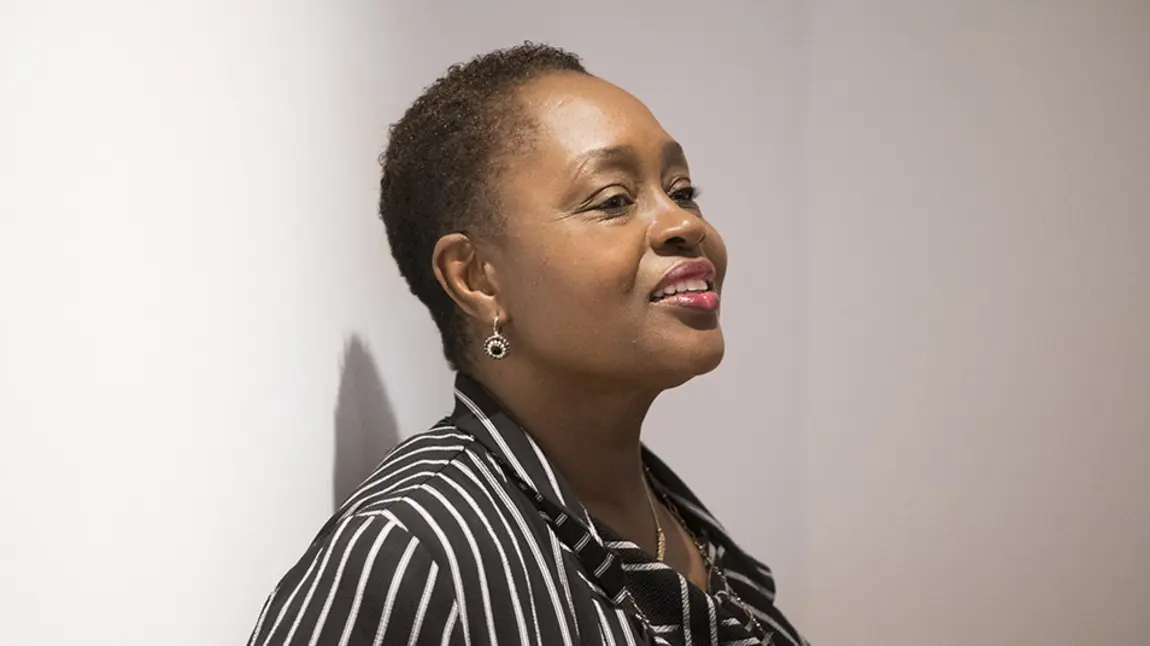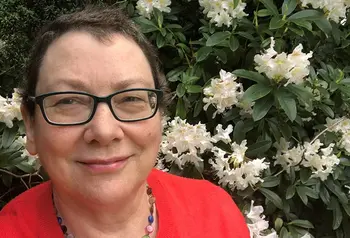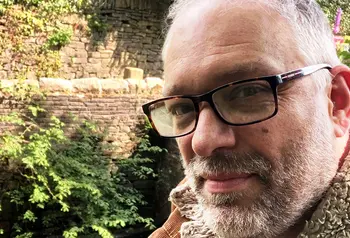For this too is history – four ways to change

It is difficult to think of a month like the last. Despite our many differences, people across the world have come together, joined by shared experiences and common causes.
Whether it is the climate emergency, coronavirus (COVID-19) or the issues of racial injustice stirred by the death of George Floyd in the USA, people from Korea, Kenya and Kent have connected on concerns at once both personal and universal.
How can the heritage sector respond to this time of upheaval?
"This we are all living through is history. From the perspective of future generations, this too is heritage."
The challenge is to capture these moments of shared meaning. And then to reflect them well. For this we are all living through is history. From the perspective of future generations, this too is heritage.
But what should be collected? Whose heritage should be conserved? Who decides? And is the sector moving fast enough to capture the nuances as well as headlines of current events? Are different perspectives being given a fair representation? We are hearing loud and clear that there is little tolerance for a single lens view.
Here are some questions we could all think about:
Who is on our staff?
Are you making the most of your teams’ experiences and connections? Are their networks contributing to the mix at this critical time? Who are the well-connected individuals with the insights, understanding and community links necessary to capture the range of narratives we will wish to tell?
Many heritage organisations have long moved to reflect a broader range of perspectives and experiences. Has that gone far enough? Is it embedded practice?
Without a diverse workforce the challenge will continue to be steep.
A review of the workforce to inform team planning after the pandemic could be helpful. And how can we ensure that the line of least resistance is not the first answer?
Who are we talking to?
Paradoxically, while in lockdown, we have experienced a great opening up of institutions – illuminating access to collections, catalogues and treasures. It has been joyful to see heritage humour brought forward through Yorkshire Museum’s #CuratorBattle or the #GettyMuseumChallenge (other heritage humour examples are available!).
What these projects have in common is the way in which they invite you to engage with heritage professionals alongside heritage objects – the personalities of curators meeting the creativity of the public.
These innovations also bring significant numbers of new audiences to heritage.
Some may never have the opportunity for a site visit or membership, but might their curiosity still be encouraged, to build on this audience adventure beyond the period of lockdown?
How are we funded?
One of the most dramatic shifts of the coronavirus (COVID-19) experience has been the ways in which sector funders have responded with dynamism and speed.
Asking questions, listening, releasing new resources, flexing schedules, connecting and creating timely responses to urgent needs. And that is in addition to providing essential information and guidance, and a genuinely empathetic approach. It is, rightly, being applauded.
Might we stick with the lean and nimble processes of this dynamic response, seeing this as the new way forward rather than simply an emergency measure?
"This funding response need not fade as a one-off gesture. Rather, it could be marked as the catalyst for innovation, spurring adaptations and new ways of investing in cultural heritage."
It could be an opportunity to prioritise innovative organisations and ways of thinking, focusing on curation, capacity building and engagement – particularly with those who have found barriers in their way in the past. That truly would be "future heritage".
As a former member of The National Lottery Heritage Fund’s London committee, I do not underestimate the challenge. But I believe this funding response need not fade as a one-off gesture. Rather, it could be marked as the catalyst for innovation, spurring adaptations and new ways of investing in cultural heritage.
How do we invest in leadership?
Clore Leadership has had the pleasure of working with, supporting and nurturing many of the heritage sector’s professionals. Responding to the pandemic, we:
- shared resources for crisis management
- offered timely perspectives to deal with immediate challenges
- facilitated peer-to-peer support
- created the Clore Leadership Experience (short-form professional development opportunities for staff on furlough or freelance)
We too face the challenge of learning and adapting – of balancing our highly regarded Fellowship and Intensive Courses with the new webinars and online learning that have brought fresh successes and keen new learners to our table.
For us, as for the heritage sector, our challenge is to look sufficiently far ahead. We need to combine urgent needs with a strong foundation for the future we want to create.
By strengthening leadership right across the sector, from established to new professionals, we share the aspirational load.
Shared experiences mark this time. Let’s ensure equitable outcomes mark the future.
Carpe diem.
About Hilary Carty
Hilary Carty is the Executive Director, Clore Leadership, a role she took up after six years as a consultant, facilitator and coach specialising in leadership development, management and organisational change.
Hilary’s earlier roles include:
- Director of the Cultural Leadership Programme
- Director, London (Arts) at Arts Council England
- Director, Culture and Education at London 2012
- Director of Dance for Arts Council England
- Visiting Professor on leadership (Austria)
- The National Lottery Heritage Fund London Committee Member
In recognition of her contribution to the arts, culture and heritage, Hilary has been awarded three honorary doctorates and three fellowships from UK universities. Hilary is a governor of The Royal Ballet.
- Views expressed in the Future Heritage blog series are those of the authors, not necessarily of The National Lottery Heritage Fund.

